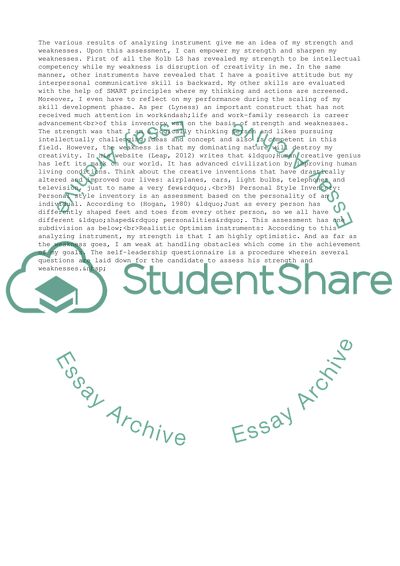Cite this document
(Developing Personal Profile Assignment Example | Topics and Well Written Essays - 2500 words, n.d.)
Developing Personal Profile Assignment Example | Topics and Well Written Essays - 2500 words. Retrieved from https://studentshare.org/management/1802009-developing-your-personal-profile
Developing Personal Profile Assignment Example | Topics and Well Written Essays - 2500 words. Retrieved from https://studentshare.org/management/1802009-developing-your-personal-profile
(Developing Personal Profile Assignment Example | Topics and Well Written Essays - 2500 Words)
Developing Personal Profile Assignment Example | Topics and Well Written Essays - 2500 Words. https://studentshare.org/management/1802009-developing-your-personal-profile.
Developing Personal Profile Assignment Example | Topics and Well Written Essays - 2500 Words. https://studentshare.org/management/1802009-developing-your-personal-profile.
“Developing Personal Profile Assignment Example | Topics and Well Written Essays - 2500 Words”, n.d. https://studentshare.org/management/1802009-developing-your-personal-profile.


